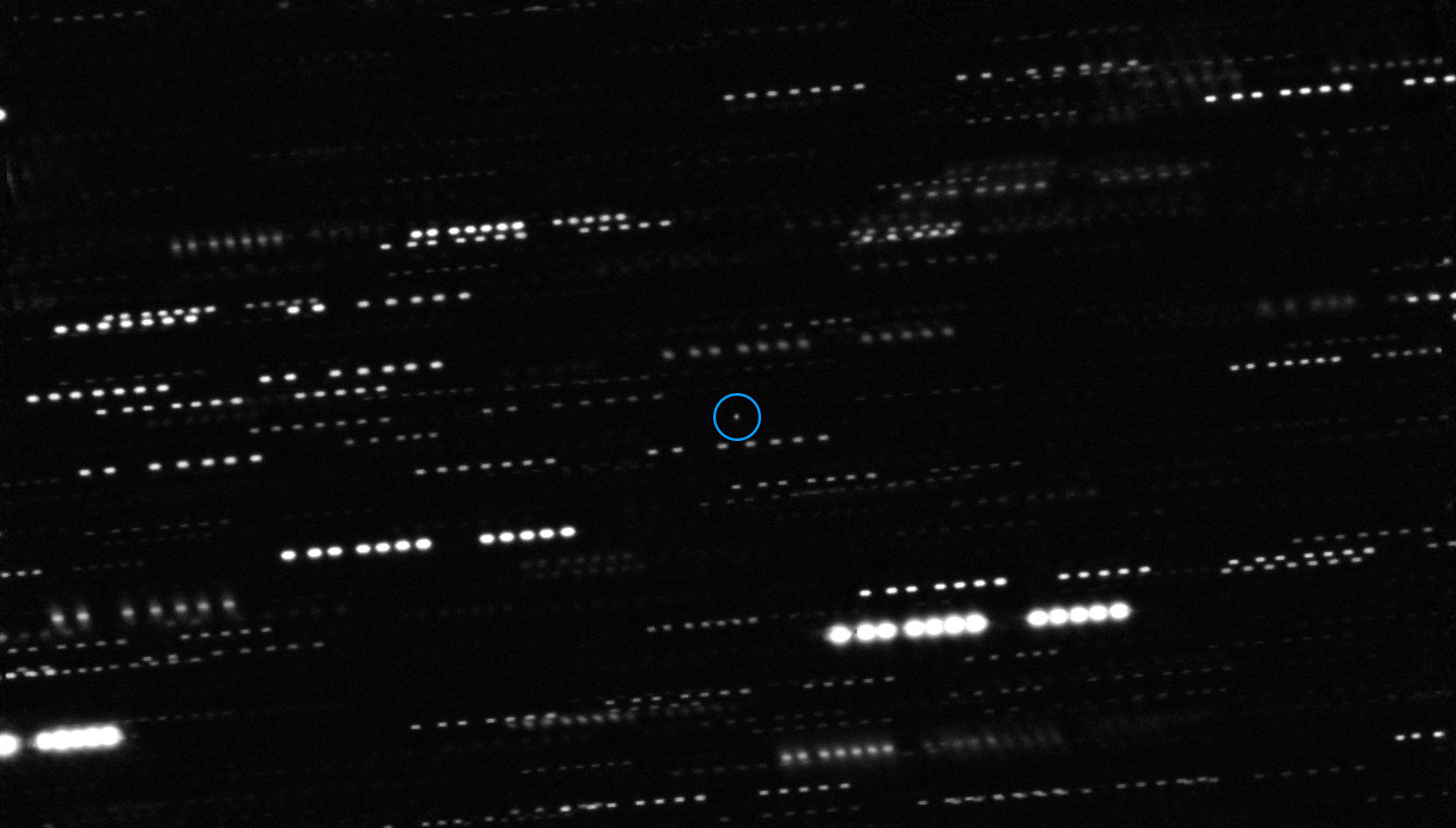The widespread interest in interstellar objects in the Solar System began with the discovery of ‘Oumuamua – the famous cigar-shaped object that was spotted a little bit too late in 2017.

For years, scientists have speculated about the possible origin of Oumuamua – a meteor, a comet, a piece of alien technology… But since it was detected on its way out of the Solar System, which made it impossible to track and observe in detail, scientists turned their attention to the public database of meteor impacts on Earth.
An interstellar object exploded over Earth in 2014
Renowned astrophysicist Avi Loeb and his student Amir Siraj studied nearly 1000 cases of meteors that exploded on Earth and the characteristics of one fireball caught their attention. The explosion happened in 2014 over the South Pacific Ocean near Papua New Guinea.
“It was hiding in plain sight. It wasn’t that we had to dig to find this database. It was more that there hadn’t been an interstellar object until 2017. As a result, no one had a reason to think that there could be meteors that were from outside of the solar system.”
When compared to the average velocity of objects in the Solar System, its 210,000 kilometers per hour seemed impossible. Scientists immediately suggested that this object may be originating from another planetary system in the Milky Way.
They were even able to prove with 99% certainty that this was another interstellar object that we did not know about. We see this in an old study from 2019 that was published in the preprint database arXiv and was supposed to be peer-reviewed.
Yet another classified case
Unfortunately, like a lot of Avi Loeb’s work over the years, the US government had other plans. The research paper in the arXiv database did not get reviewed and published because it included classified data.
Over the past few years, we have published multiple articles about Avi Loeb, his work on the ‘Oumuamua case, and evidence that his work is being shunned by both the scientific community and the government.
On March 1, their work was finally approved and confirmed by USSC scientists. Deputy commander Lt. Gen. John E. Shaw revealed that the 2019 paper provided sufficient evidence to consider the interstellar origin of the object.
The first interstellar object ever detected in the Solar System
This confirmation changes the entire understanding of interstellar objects in the Solar System. Oumuamua was discovered in 2017 and until now, it was the oldest such object.
The meteor that exploded above the South Pacific Ocean happened three years earlier in 2014. And we can safely say that it is a much more significant find at this point. Why – because it exploded over Earth and we might find interstellar debris for the first time in history.
Amir Siraj commented on the USSC memo that confirmed the discovery. He mentioned their plans for the future – as a start, he intends to get the old 2019 paper published because it includes vital information for subsequent research. Right now, the scientific community only knows that the interstellar object exists – but without the paper, advanced targeted research will be impossible.
The second and even more important goal is to search for hypothetical remnants of the meteorite. In his conversation with Vice, Siraj gave the following statement:
“The possibility of getting the first piece of interstellar material is exciting enough to check this very thoroughly and talk to all the world experts on ocean expeditions to recover meteorites.”
While it is a fact that the debris fell in the South Pacific Ocean, this is a unique one-time opportunity (for now).
Last but not least, the scientific community should work towards the development of a global sensor network that can search for other interstellar objects. Given that this is the first such confirmed case, it is obvious that we will not find many more unless we intendedly search for them.



No comments:
Post a Comment